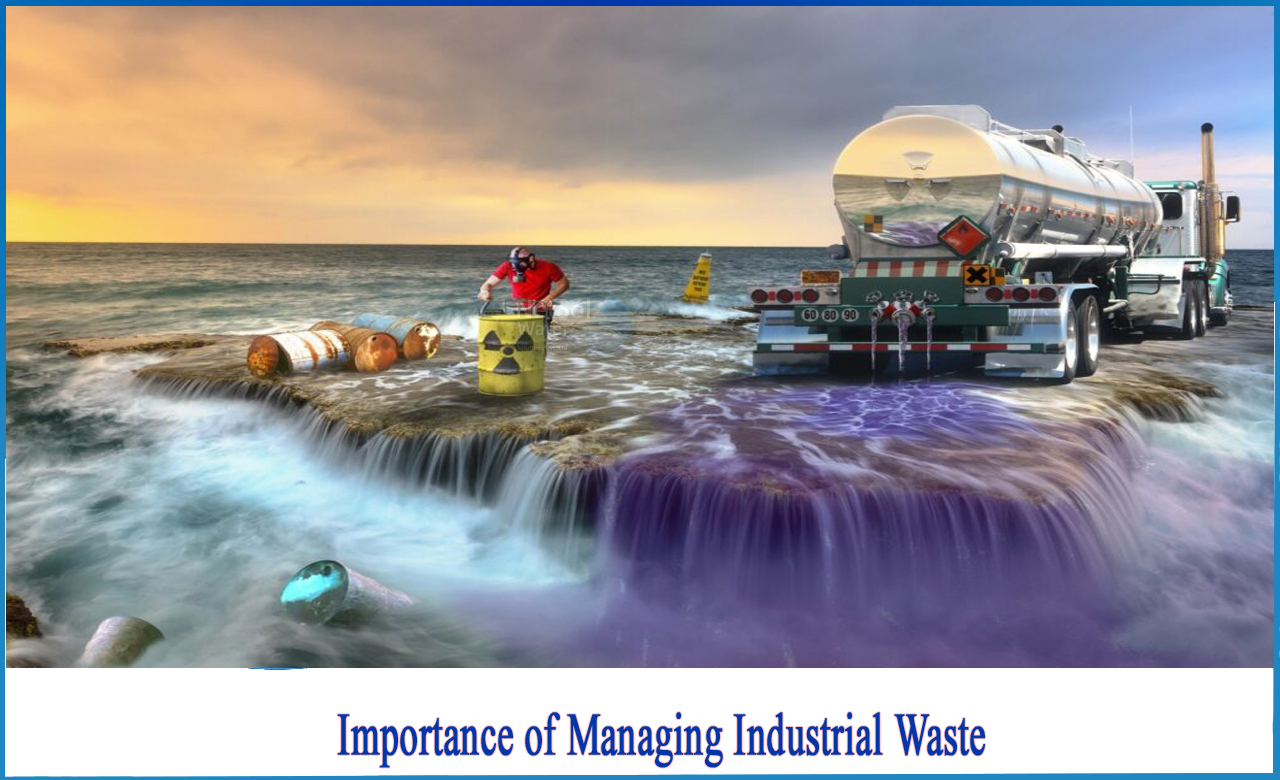Some Of Reclaim Waste
Table of ContentsThe 3-Minute Rule for Reclaim Waste9 Easy Facts About Reclaim Waste ExplainedThe Single Strategy To Use For Reclaim WasteIndicators on Reclaim Waste You Should KnowAn Unbiased View of Reclaim Waste
Discover the types, occurrences, and kinds of fluid waste. Residential sewage waste describes the waste and products from a domestic septic system. This kind of waste is created by human beings in homes, schools, and other buildings. This only consists of septic systems that have a drain area. The proper monitoring and disposal of domestic sewer waste require liquid waste to be transferred to a sewage treatment plant where the appropriate methods and devices are used to cleanse and get rid of waste.
Business waste often consists of possible hazards, such as flammable products or a mixture of liquid and solid waste items, and calls for an advanced and detailed disposal process. The disposal of industrial waste commonly involves the filtration of waste before transport to make certain secure and correct disposal. Industrial waste is produced from by-products and overflow of commercial procedures and manufacturing.
This type of waste can not utilize the very same sewer monitoring transport or procedures as septic or business liquids. The hazardous waste management process needs the assessment and testing of liquid waste before it goes through the disposal process (liquid waste removal). Overflow waste is the liquid waste that comes from runoff and excess stormwater in highly populated locations or cities
Overflow waste can cause contamination and flooding if not managed correctly. Guaranteeing proper waste monitoring can protect against disasters and lower environmental harm.
The Basic Principles Of Reclaim Waste
Call PROS Providers today to discover our waste administration and disposal solutions and the correct ways to take care of the liquid waste you generate.
This so-called 'wastewater' is not just a vital source however, after therapy, will be launched to our land, rivers or the sea. Used water from bathrooms, showers, bathrooms, kitchen area sinks, washings and industrial processes is known as wastewater.

water utilized to cool down machinery or clean plant and tools). Stormwater, a form of wastewater, is runoff that moves from agricultural and metropolitan areas such as roofs, parks, gardens, roadways, courses and gutters right into stormwater drains pipes, after rainfall. Stormwater streams untreated directly to regional creeks or rivers, eventually getting to the ocean.
The Buzz on Reclaim Waste
In Queensland, a lot of wastewater is dealt with at sewer therapy plants. Wastewater is moved from domestic or industrial websites through a system of sewers and pump stations, called sewage reticulation, to a sewer therapy plant. Regional governments develop, preserve and operate most sewer therapy plants. Operators are accredited under the Environmental Defense Act 1994 to release cured wastewater at an acceptable environmental requirement right into rivers.
The Division of Natural Resources encourages city governments about handling, operating and keeping sewage systems and treatment plants. In unsewered locations, neighborhood federal governments may require owners to mount specific or home sewage therapy systems to deal with domestic wastewater from commodes, cooking areas, bathrooms and washings. The Department of Natural Resources authorizes using home systems when they are proven to be reliable.
The majority of stormwater gets no treatment. In some brand-new neighborhoods, treatment of some stormwater to get rid of trash, sand and gravel has actually begun making use of gross contaminant traps. Wastewater therapy occurs in 4 stages: Gets rid of solid issue. Larger solids, such as plastics and other things wrongly released to sewage systems, Extra resources are gotten rid of when wastewater is gone through screens.
Makes use of tiny living organisms understands as micro-organisms to damage down and remove staying liquified wastes and fine bits. Micro-organisms and wastes are incorporated in the sludge.
The Only Guide for Reclaim Waste
Nutrient removal is not readily available at all sewer treatment plants because it needs costly specialist equipment. Clear fluid effluent produced after therapy might still contain disease-causing micro-organisms - liquid waste disposal.

A lot of wastewater streams into the sewage system. Under the Act, local federal governments administer authorizations and licences for ecologically relevant tasks (ERAs) including wastewater launches that may have a local effect.
Reclaim Waste Fundamentals Explained
Tracking offers factual details concerning water top quality and can validate that permit problems are being satisfied. The info acquired via surveillance gives the basis for making water top quality choices.
Comments on “The 8-Minute Rule for Reclaim Waste”